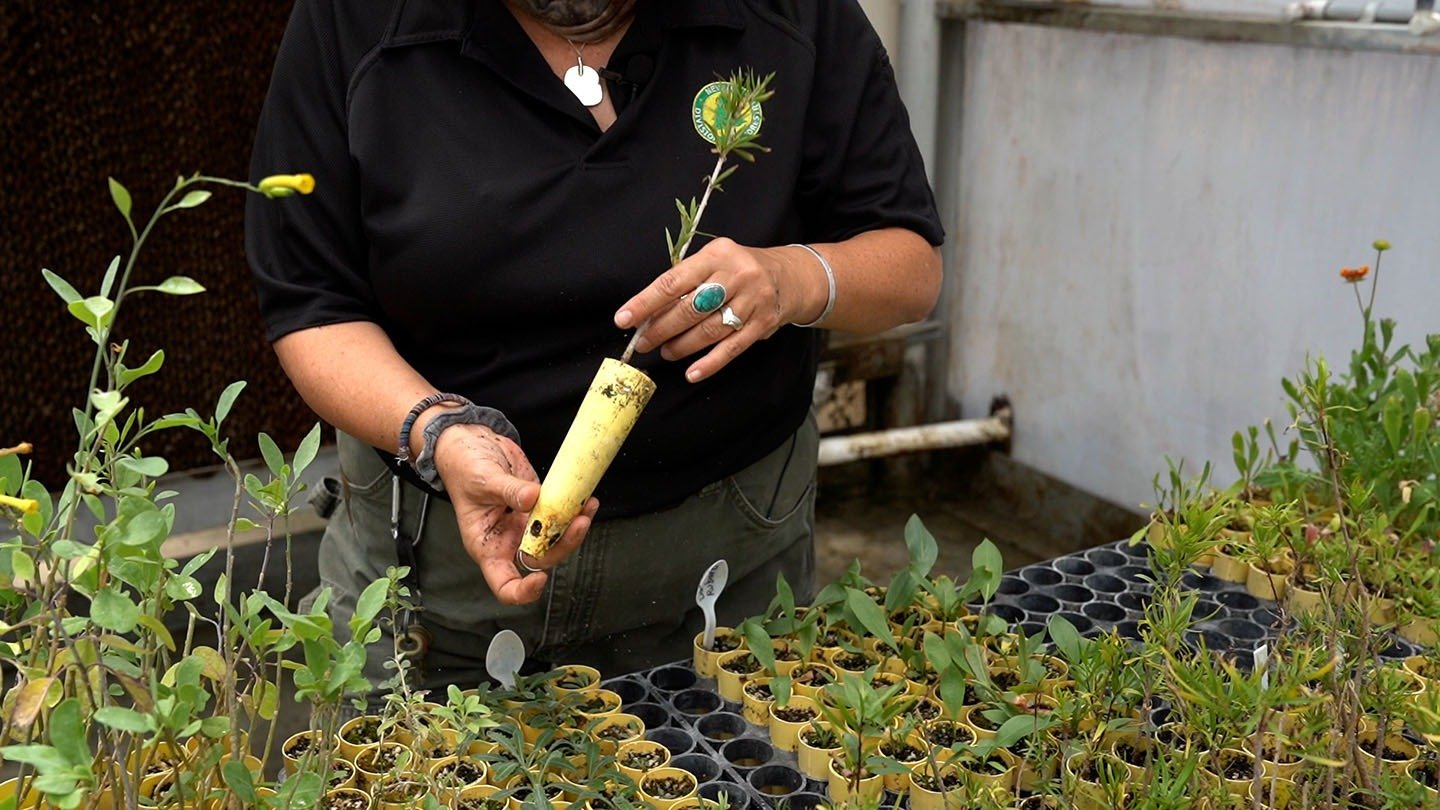In a nursery, timing is everything. Shipping plants before they are ready can leave customers with poor results, while holding them too long can hurt quality and appearance. Plant readiness forecasting helps growers predict when plants will reach their ideal size and condition for sale or delivery. A nursery inventory management system makes this process more accurate by combining real-time data, growth stage tracking, and location records into one workflow.
Understanding Plant Readiness
Plant readiness is the point when a plant meets the standards for size, health, and presentation. These standards vary depending on plant type, customer preferences, and seasonal demand. Without structured tracking, readiness is often judged by quick visual checks, which can lead to inconsistencies, especially in large operations.
With nursery inventory management, each plant batch can be logged with variety, size class, and projected maturity date. These details help managers prepare for orders, schedule work, and avoid last-minute inventory surprises.
Tracking Growth Stages
Accurate forecasting starts with knowing where plants are in their growth cycle. Stages such as propagation, early growth, potting, and finishing can be recorded as plants move through production.
When growth stages are updated regularly, managers can better estimate how much time remains before a plant is ready to ship. This allows them to plan labor, adjust environmental conditions if needed, and coordinate with sales so orders match upcoming availability. Tracking growth stages also helps spot delays early so that corrective action can be taken.
Linking Location to Availability
Plants often move between growing houses, ranges, or benches during production. Without location tracking, it is easy for batches to be misplaced or overlooked.
A nursery inventory management system can tie plant batches to specific locations, making it easy to see their location and readiness. This saves time spent searching for plants and ensures that readiness updates are always connected to the correct batch in the proper place.
Connecting Forecasting with Orders
Forecasting works best when it is tied directly to order management. If a large order is scheduled for delivery in a few weeks, the system can show if the needed plants will be ready in time.
If they will not be, managers can take action, such as adjusting temperatures, moving plants to higher light areas, or shifting labor to speed up final preparation. This proactive approach prevents last-minute substitutions and keeps customer expectations in line with actual availability.
Reducing Overstock and Waste
Accurate forecasting reduces the number of plants that become over-mature or unsellable. When managers know exactly when plants will be ready, they can time promotions, coordinate with customers, or stagger production to match demand. This improves sales, lowers waste, and reduces the cost of replacing unsold stock.
Using Historical Data to Improve Predictions
Over time, historical records make forecasting more reliable. A nursery inventory management process that stores past readiness dates for different varieties, pot sizes, and seasonal conditions creates a valuable reference.
For example, knowing that a specific plant variety typically reaches readiness in eight weeks during spring allows managers to schedule production more confidently the following year. Patterns like these help fine-tune forecasts and reduce guesswork.
Updating Forecasts in Real Time
Greenhouse and nursery conditions can change quickly. Pests, equipment failures, or sudden weather shifts can all affect plant growth rates. A nursery inventory management system allows readiness estimates to be updated instantly when conditions change.
Real-time updates give managers the flexibility to adjust labor schedules, inform sales staff, and notify customers if delivery timelines need to shift. This helps maintain trust and keeps operations running smoothly despite unexpected events.
Planning Labor and Space Around Readiness
Knowing when plants will be ready also helps with resource planning. If a large number of plants will reach readiness in the same week, managers can schedule enough staff for pulling, staging, and loading. They can also ensure bench space availability for incoming plants that will replace the shipped ones.
Forecasting in advance helps balance workloads and avoid bottlenecks during peak periods.
Building a Consistent Forecasting Routine
A nursery inventory system is most effective when forecasting becomes a standard practice. Staff should regularly update growth stages, locations, and readiness estimates. Managers should review these records on a set schedule to identify trends and address potential problems before they affect deliveries.
By using consistent processes, nurseries can move from reactive planning to proactive scheduling. Over time, this leads to better order fulfillment, improved plant quality at delivery, and more predictable production cycles.

